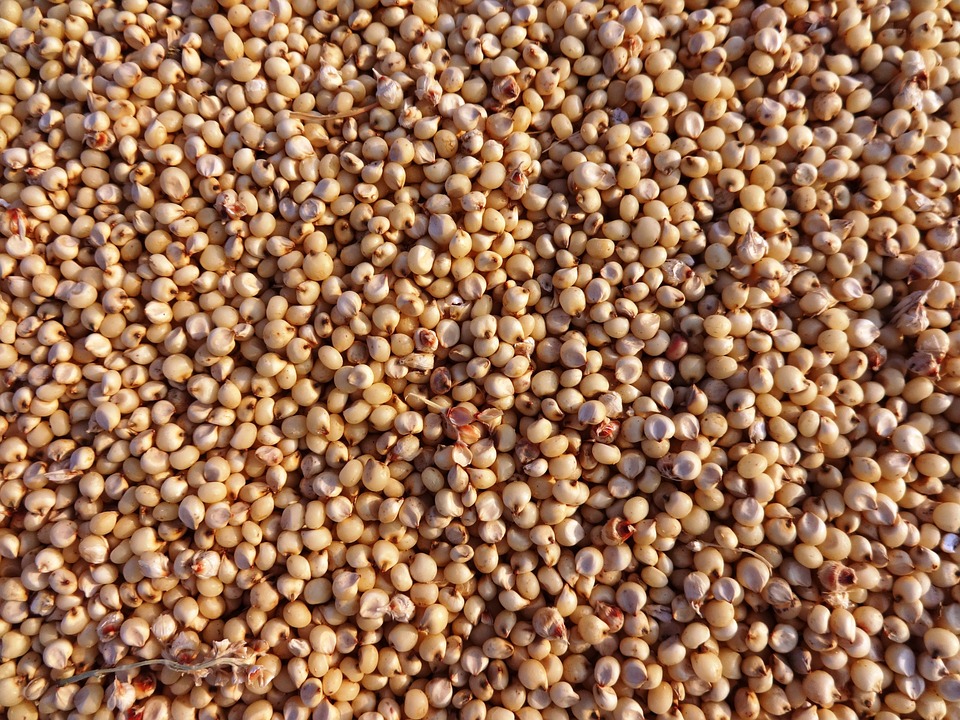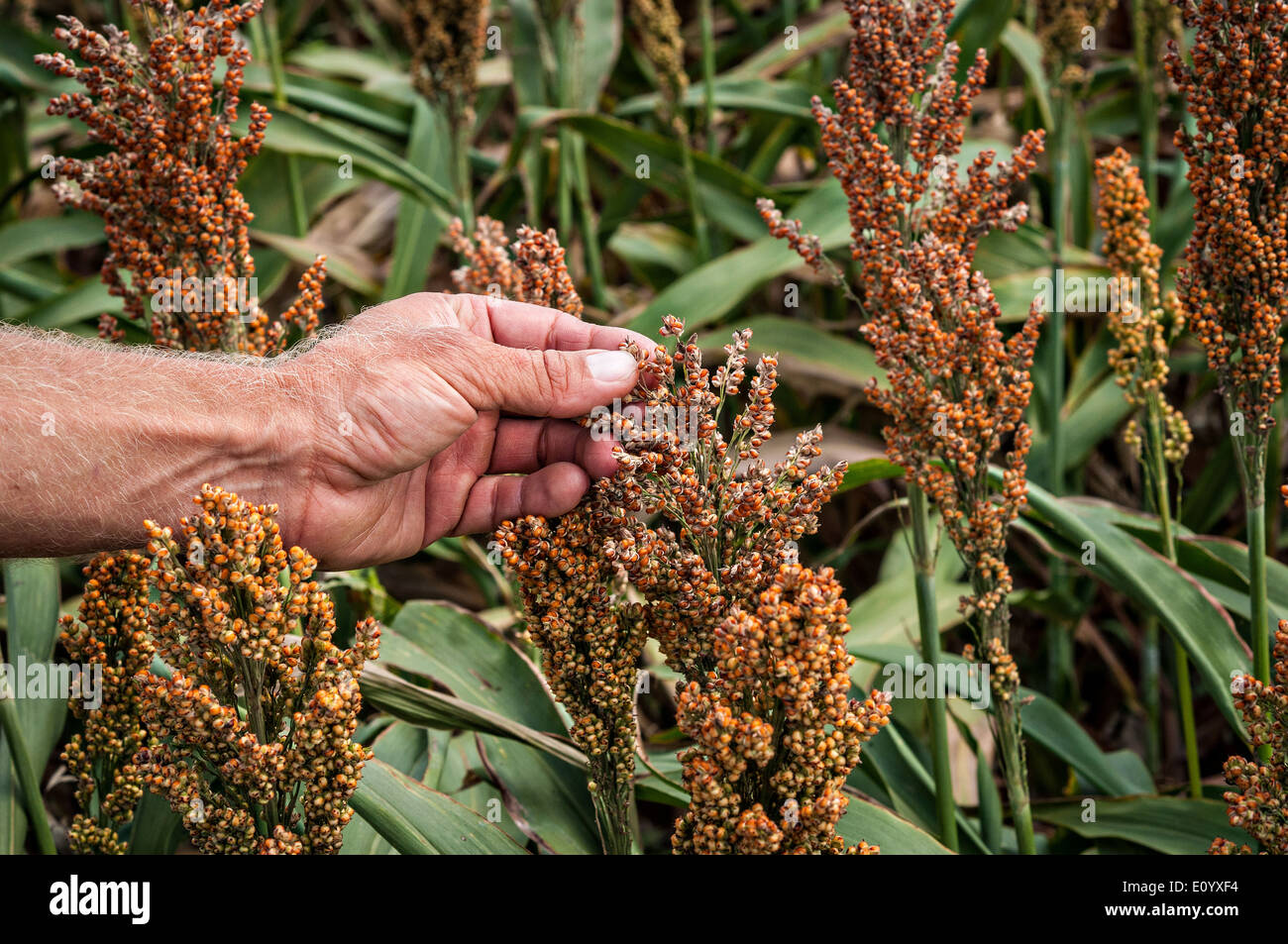


Much of this race is characterized by a recurved peduncle such that the head is upside down at maturity.) Also about 1900, a farmer in Oklahoma selected Dwarf Yellow Milo from Standard Milo, seed of which were purchased by A B. (Note that much of the literature will use the term ‘milo’ to refer to grain sorghum of the durra race. Shortly after the turn of the century, farmers found early maturing heads of Giant Milo, which gave rise to a cultivar called Standard Milo. Seed of tall sorghums of that time were harvested by a person standing on a mule-pulled wagon to cut off heads and then of course accumulate the heads in the wagon for transport. In fact, the common Texas folk tale of this sorghum was that it took a ladder to reach the head, an axe to cut the stalk, and a grubbing hoe to uproot the stubble. But the milo maize introduction of 1880, later referred to as Giant Milo, spread to Texas by 1890 and was particularly tall growing. The early sorghums in the United States were tall-growing and late-maturing, facts that we will return to subsequently. The need for more drought-tolerant crops in the arid plain states resulted in the majority of early plant improvement in grain sorghum being accomplished in Texas, Oklahoma, and Kansas. That publication noted that farmers valued both the stalk and grain as feed stuffs.

The Texas Agricultural Experiment Station Bulletin No.ġ3 published in 1890 reported 23 varieties (i.e., cultivars) of sorghum available to Texas producers. Early farmers in the more arid plains of Oklahoma and Texas quickly realized the difficulty and uncertainty of producing corn as a feed for work animals and turned to the more drought-tolerant grain sorghum.

1906-8: Feterita, race caudatum, or intermediate race durra-caudatum, from Sudan.1890: Shallu, a guinea-kafir intermediate from India.1880: Milo, milo maize, or giant milo: race and origin unknown.1874: Brown and white seeded durras called “gyp” corn, as they were falsely believed to have originated in Egypt.Indian Service for production in the Brazos and Comanche Amerindianism reservations. In that year, seed of Chinese Sugarcane, a sorgo or syrup sorghum, was sent to Texas by the U.S. These are referred to today as cane sorghum, sweet sorghum or cane, not to be confused with sugar cane. “Deliberate introduction of sorghum began in 1857 with the importation of a ‘sorgo’ type used for the production of syrup. Wayne Smith (Wiley & Sons, Inc., 1995), provided valuable insight on how various sorghum types, including milo, came into production in the United States. I thought this excerpt taken from the book, Crop Pro-duction – Evolution, History and Technology by C. There are several sources that can enlighten us on the history of sorghum and its relatives and many theories on the various names we call it today. I was recently asked by David Ocker on Twitter), “Where did the nickname for sorghum, ‘milo,’ originate?”


 0 kommentar(er)
0 kommentar(er)
